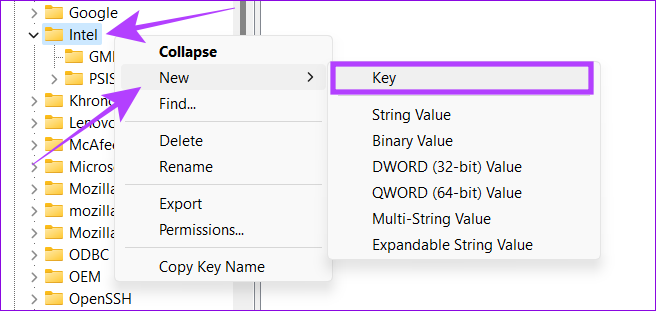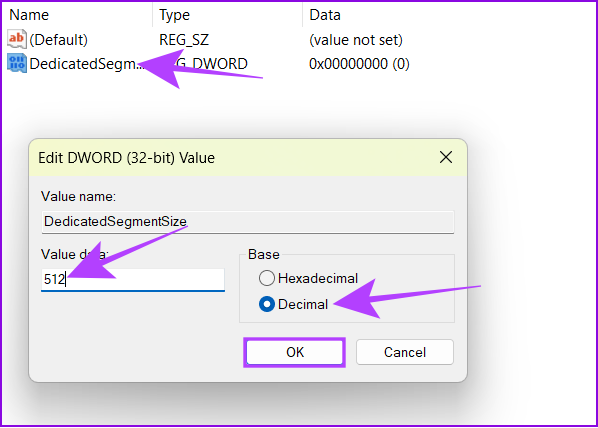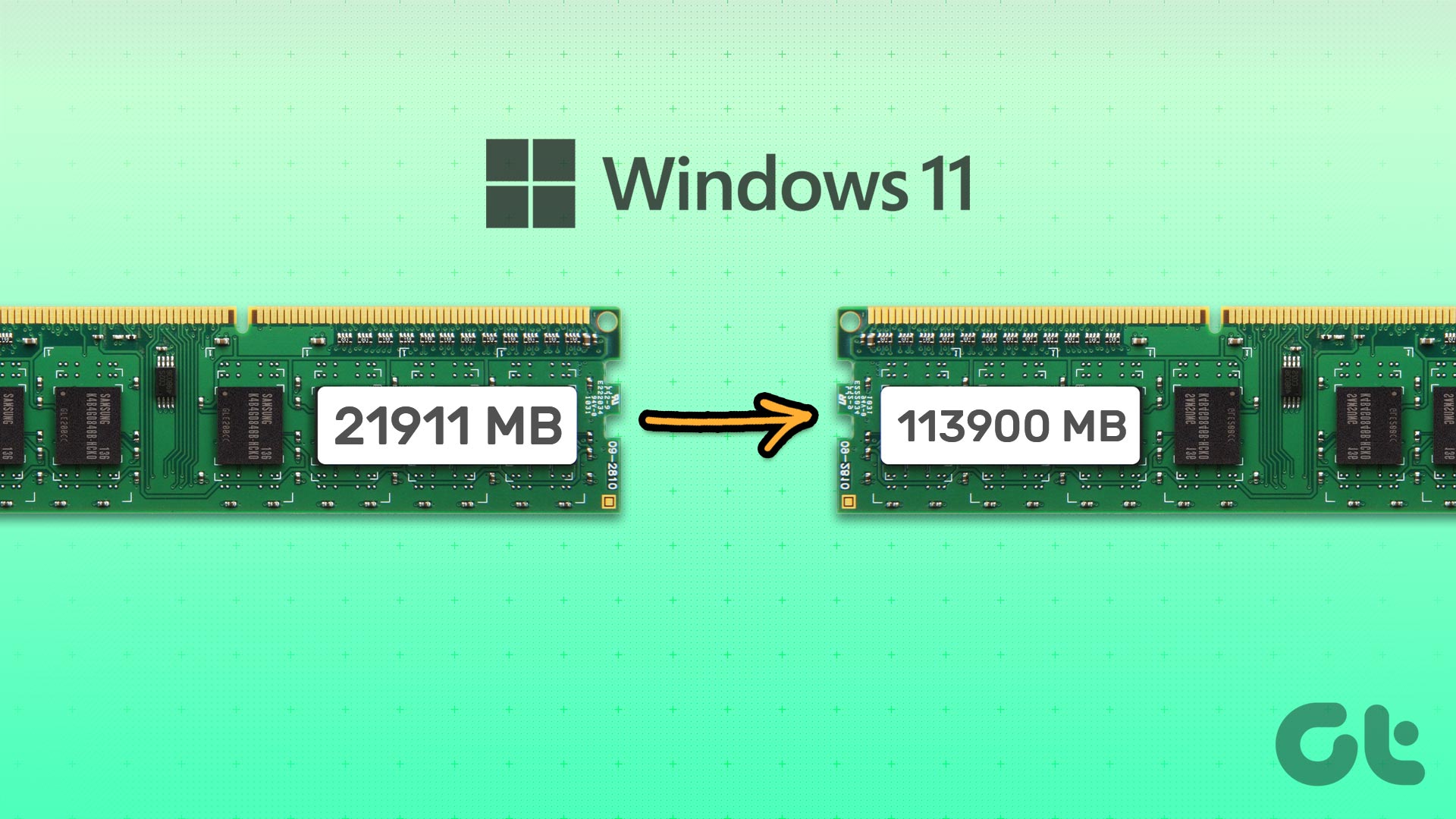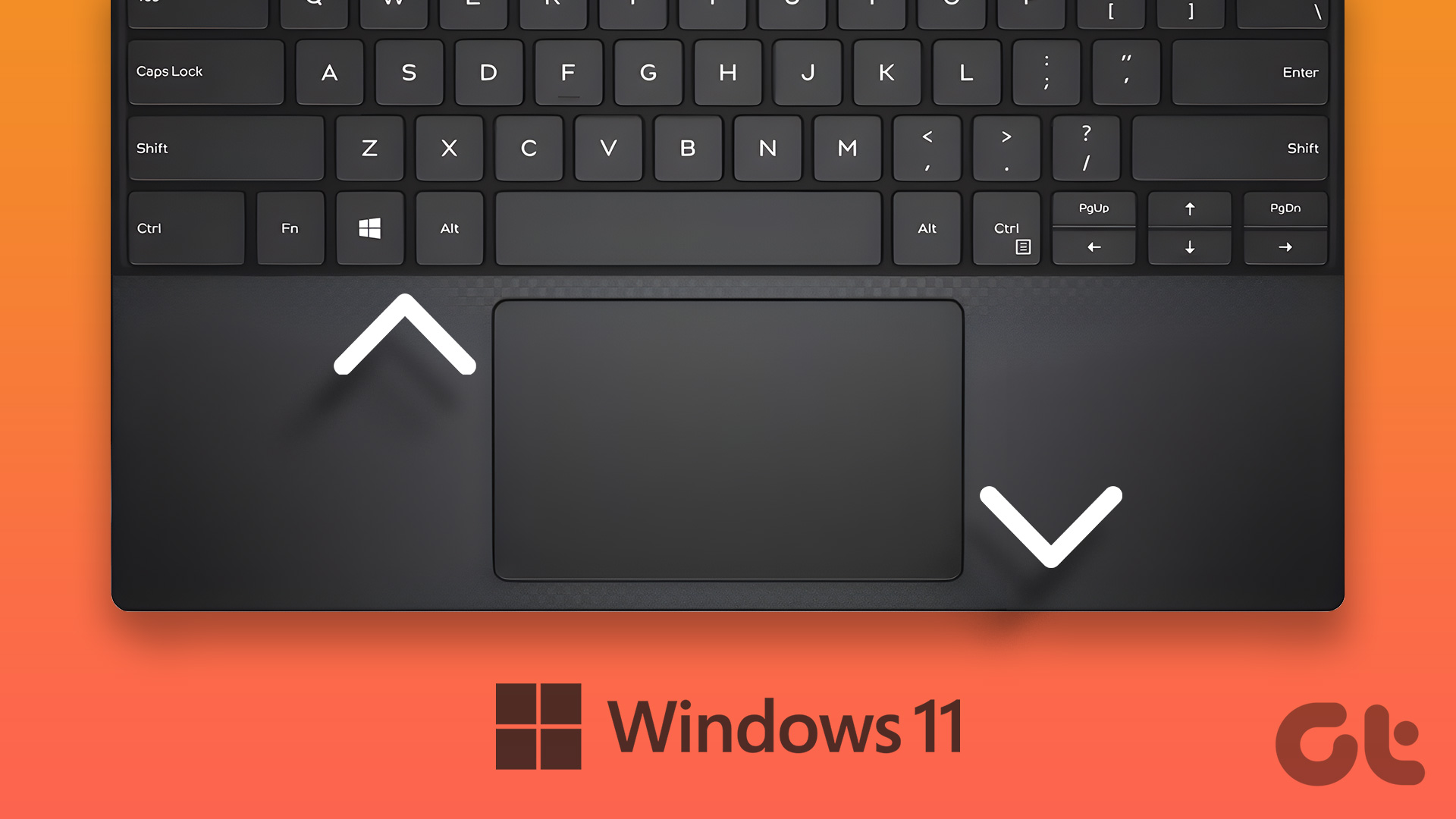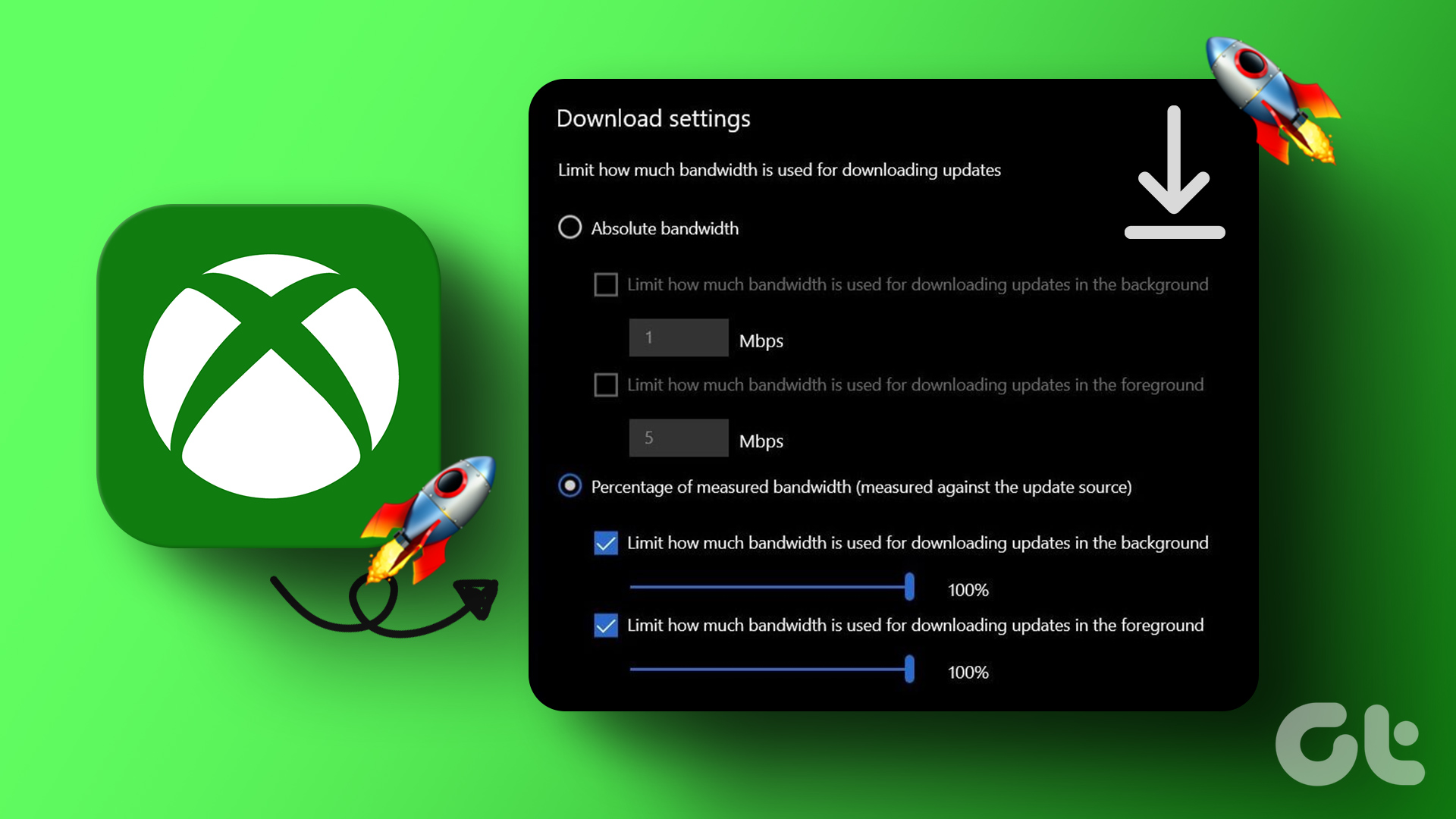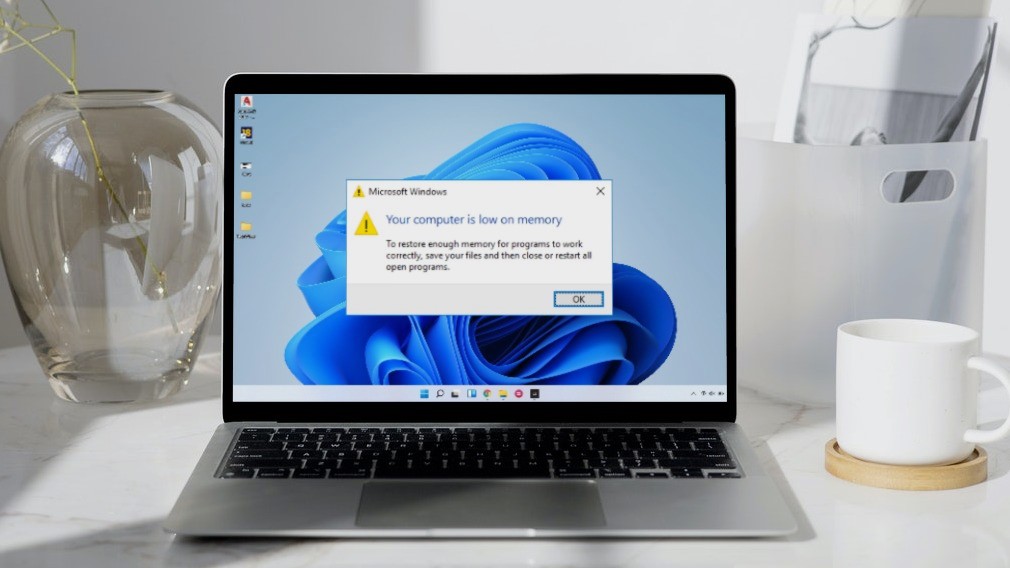As new graphics cards come with better VRAM with more memory capacity.
Next, follow the below steps.
Even in that, there might be some difference in the option names.

We have tested the following steps on a Lenovo laptop that comes with the old BIOS UI.
Step 1:Once you enter the BIOS menu, go to theConfigurationtab.
Tip:you’ve got the option to use arrow keys to navigate in BIOS.

Step 2:Go toUMA Frame buffer sizeat the bottom and hitEnter.
Step 3:Now, choose the size of your choice and hitEnter.
Step 4:Once you make the necessary changes, hitF10.

Step 5:ChooseYesto confirm the changes and boot back to Windows.
you’re able to make many changes in your system and increase the allocated VRAM memory.
However, it doesnt increase the Video RAM.
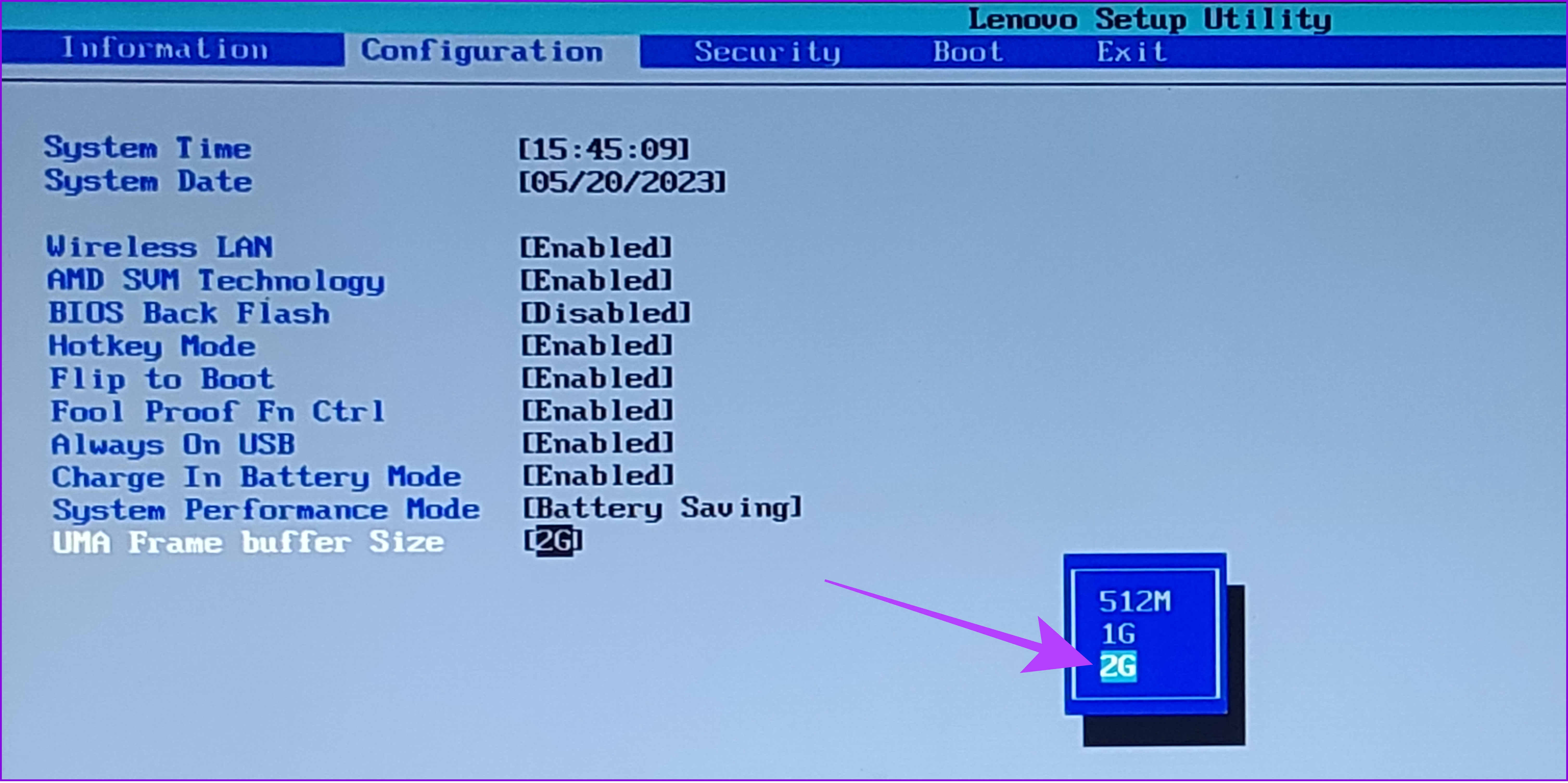
Step 1:OpenRunby using the key combinationWindows key + R.
Step 2:Typeregeditand hit Enter.
Step 3:Paste the following path and hitEnter.
Step 4: Right-clickthe Intel folder and navigate toNew>Key.

Step 5:Name the new Key asGMM.
Step 6:Choose theGMM folderandright-clickon the right side.
Step 7:SelectNewand hitDWORD (32-bit) Value.
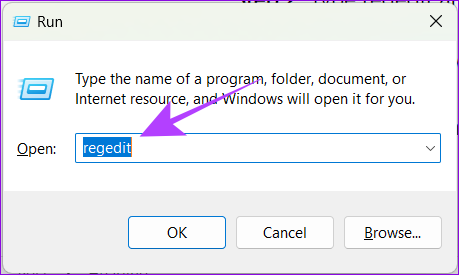
Step 8:Name itDedicatedSegmentSize.
Step 9: Right-clickand chooseModify.
Step 11: Restartyour system and see if you notice any difference.
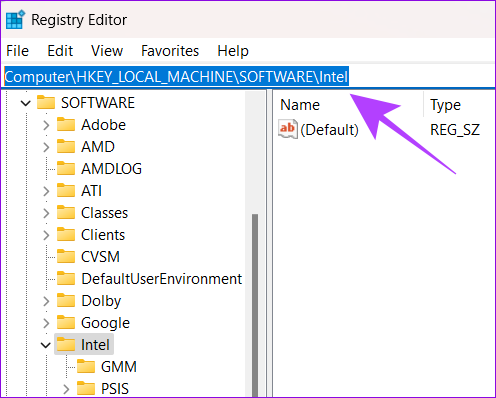
Was this helpful?
The content remains unbiased and authentic and will never affect our editorial integrity.
